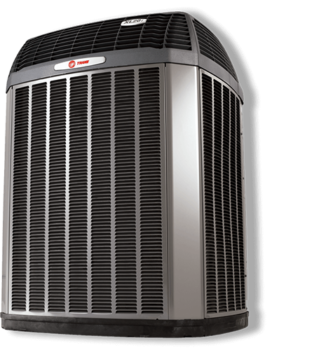
When you think of pipes, you probably think of plumbing. But your HVAC system uses piping too! Your A/C transports hot and cold water via pipes, while your furnace uses them for heated water, and oil, or natural gas. There are all different types of HVAC piping, and all different materials used to make them. Here’s a brief guide.
Metal Piping
There are two types of metal piping generally used for HVAC purposes: copper and steel. Copper is used for smaller pipes, transporting water in an A/C unit. The maximum commercially available size is 12 inches, but since copper is expensive, the piping used in an HVAC system is usually 3 inches or smaller. It’s also important that the joints be sealed properly, or water can leak out.
Since steel is cheaper than copper, it can be used in larger sizes. It can withstand higher pressures than copper as well, and a wide range of temperatures, making it ideal for both hot and cold water liquid. Using grooved steel HVAC piping, bolted together with a gasket, also holds together more effectively, without as much risk of leaking.
It’s also important to note that any HVAC piping that’s going to be used underground needs to undergo cathodic protection, to prevent corrosion from the dirt. This means coating it in a thin layer of some other metal, such as zinc, to absorb the corrosion and keep the pipes beneath intact.
Plastic Piping
Plastic is much cheaper than either copper or steel, but it’s also thinner and weaker, unable to withstand as much pressure. It doesn’t corrode the way metal does, however, making it better suited for underground use.
The two types of plastic piping are PVC and CPVC. PVC can’t withstand as wide a range of temperatures as metal, and is used for venting of gas, rather than hot or cold liquids. CPVC pipe has been treated with chlorine, allowing it to withstand temperatures up to 200 degrees.
To learn more about HVAC piping in your home, contact us at CCAC. We proudly serve the heating and cooling needs of South Texas.












